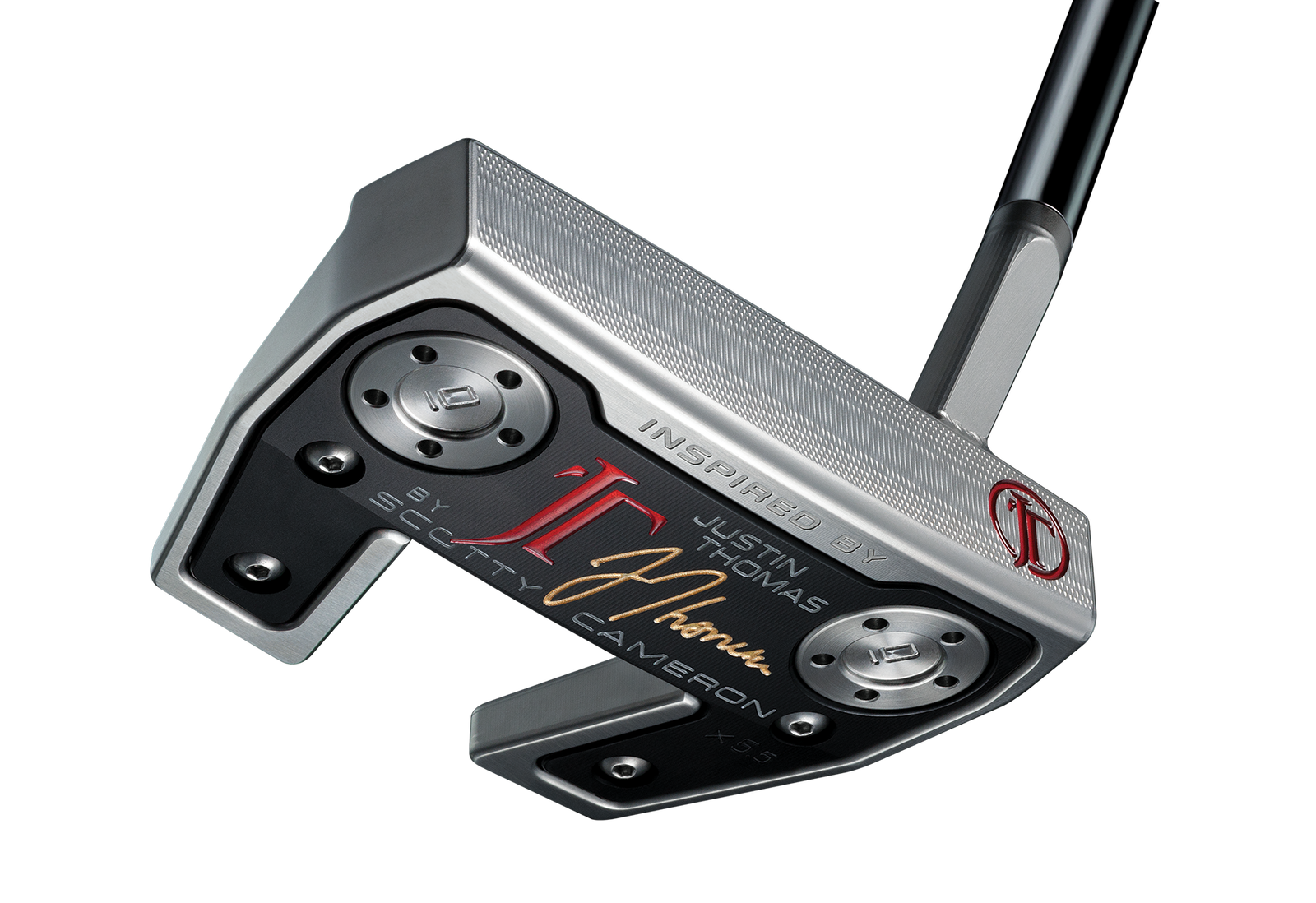Which Callaway driver is right for you?
We tested three Callaway drivers that have hit the market in recent years, the new Big Bertha B21, the Mavrik and the Rogue, to see which driver might best suit your game.
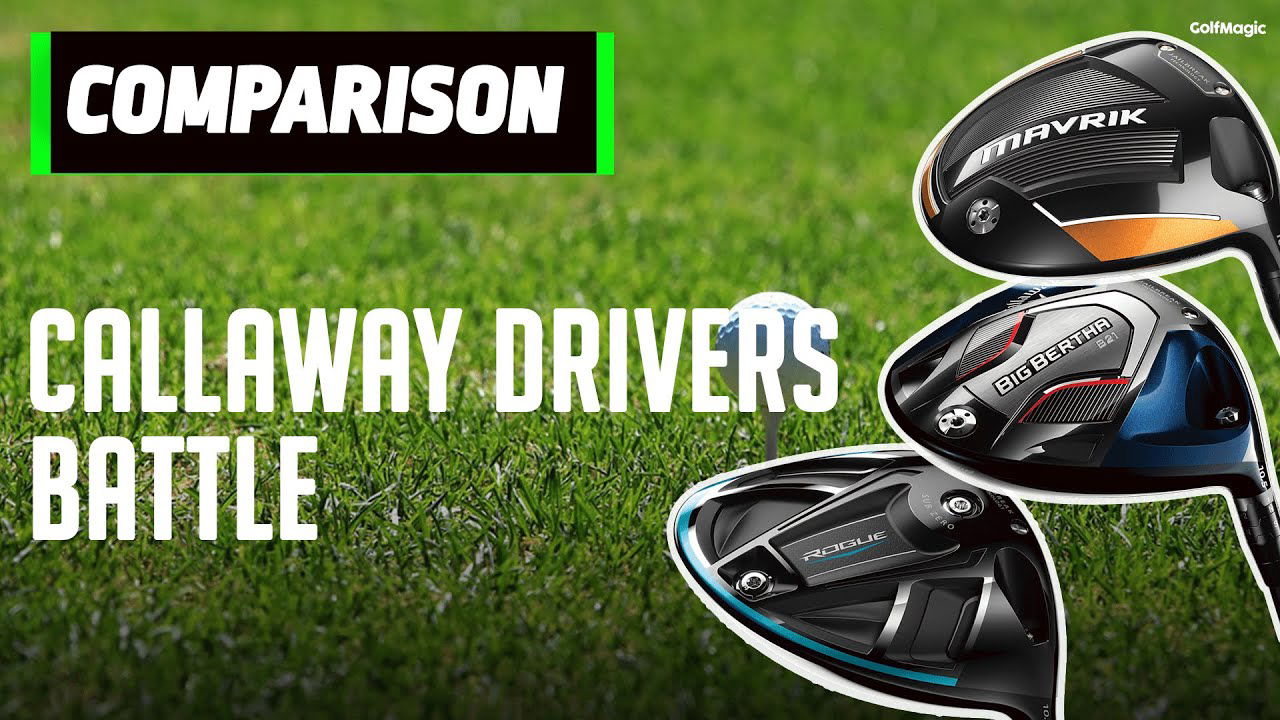
Callaway is renowned for being one of the leading driver brands on the market and over the last few years we have seen some incredible technologies introduced, so we decided to put three of Callaway's latest drivers to the test to see which one might best suit your game.
GolfMagic's Alex Lodge took the new anti-slice Callaway Big Bertha B21 down to the driving range and put it up against two of the brand's most popular drivers ever in the Mavrik and the Rogue.
Using our SkyTrak launch monitor, Alex put the three drivers to the test to see which one was best suited to his game and to explain to you, our viewers, which one you might want to try.
Watch the Callaway driver test in the video and please like and subscribe if you enjoy GolfMagic's content.
Which Callaway driver is right for you?
In the words of Alex Lodge
Callaway Big Bertha B21
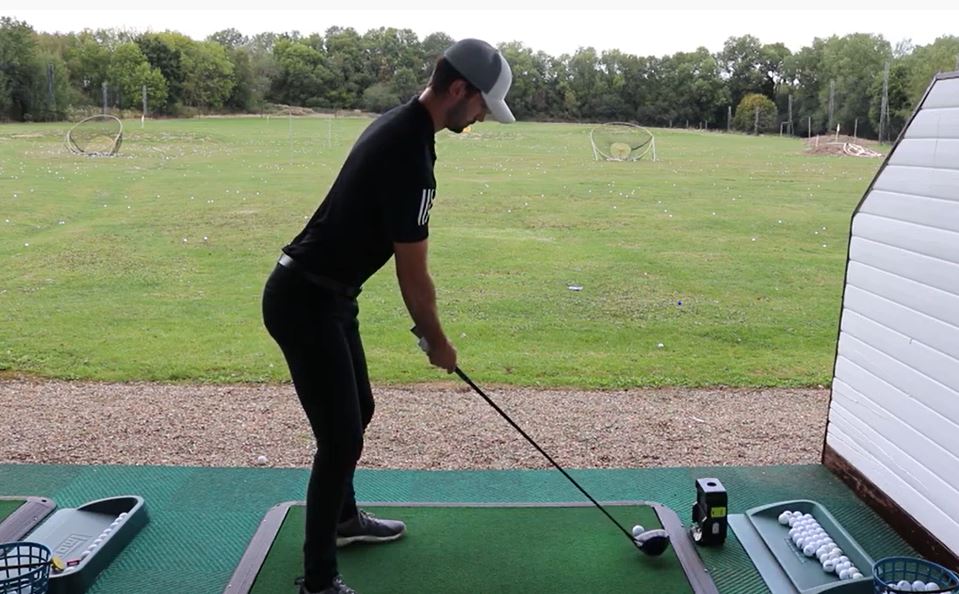
Now the first thing to mention with this driver is its stunning headcover with a blue glossy finish, which certainly trumps the two other competitors in this video.
The overall looks of this club is really refreshing, it is similar to the 816 BB model that was released several years ago but still has that Big Bertha vibe about it, separating itself from the new modern releases over the past few years.
Looking down on the club, the shape is a bit different with a blue glarey finish, along with a red alignment feature that makes me believe this club is not made for low handicap players.
Now, I'm not going to go into too much detail on the technical side of this club, if you’d like to see that then make sure you check out our previous video where we did a full in depth review of it.
I wasn’t too sure what to make of this driver prior to testing as I was unsure who the target market was. After testing, it was clear that it wasn’t me. Although I hit this club very straight and it was certainly an enjoyable club to hit, it had far too much spin for me. I was getting about 3500 rpm for my drives, which is a good 1000 rpm too much for me.
I would suggest this club to someone with a mid-swing speed and mid-to-high handicap, as it does have a draw bias that certainly alieviates those slices.
Callaway Mavrik
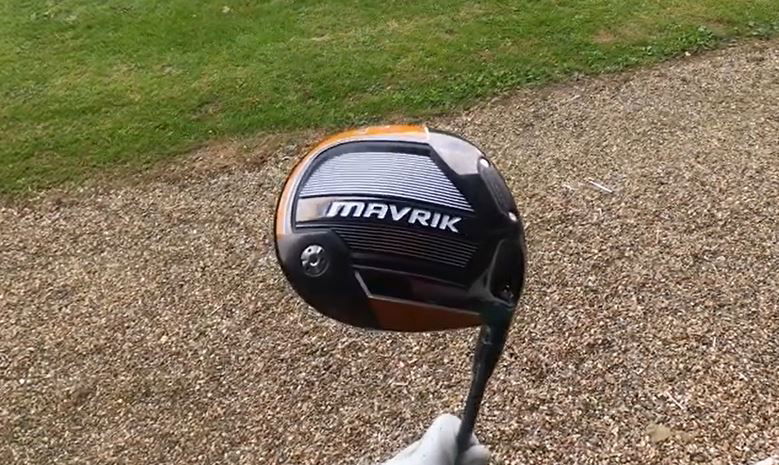
Now the Callaway Mavrik is a personal favourite of mine for looks. This is a really modern club, with an outlandish orange colour scheme that can be customised if youre not a fan. The overall design of the club is very compact and a very positive advancement of the Epic Flash driver, its predecessor, which was a bit too flashy if you pardon the pun.
The head from address is really appealing and certainly instills confidence. The looks of this club would suit any handicap players, but perhaps more to the low-to-mid range.
Now the performance of this club is quite interesting, I hit a lot of balls with the Mavrik at Hilden Park Golf Centre, and there were a few things to note.
Compared to the Big Bertha B21, I had about a 10-yard increase in distance. This was to be expected as, if you look at the data from the SkyTrak launch monitor, my spin was a bit lower, staying around 3000rpm. This is still a bit too high though. It’s also interesting to note my swing speed went up a couple of mph, which I wasn’t expecting.
My performance with this club though was a bit all over the place. My dispersion was pretty awful, which you can probably tie down to me being awful at golf but it did perform worse than the other two clubs.
Weirdly enough, I felt the most confident over the ball with this club, but the results did not put it in the number 1 spot. I’d choose this club over the Big Bertha B21 purely because I like how it feels and looks more, but if I had any sort of golf sense I would choose the B21 as it had a much better dispersion circle with still a healthy carry for a driver.
Overall, I’d receommend this driver to anyone really, it definitely has all the features available for any type of golfer – it’s just important to try it out beforehand to make sure that it suits your game, with any club.
Callaway Rogue Sub Zero
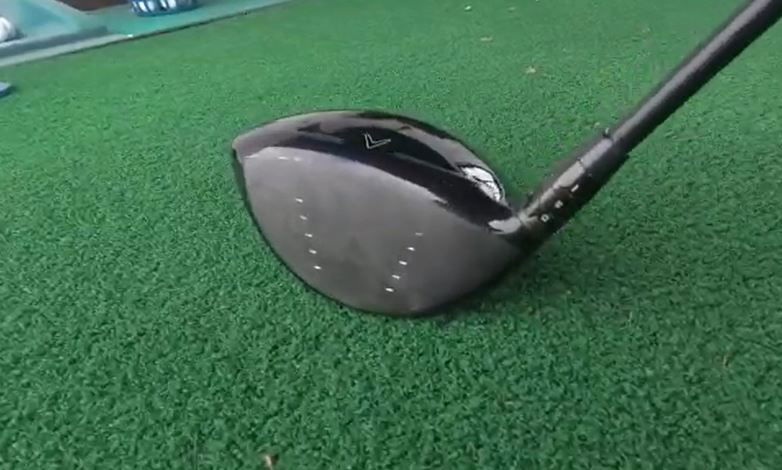
Now the Callaway Rogue Sub Zero, where to start. I love everything about this club – the looks make it a real players driver in my opinion. The minimalistic colour scheme attests to its tour preference and the lack of anything too drastic on the clubhead really adds to this.
From address, it look s quite similar to the Mavrik, it has a small alignment arrow, which is all personal preference but I am a big fan of. Similar to the Mavrik, it is a very compact head, but maybeeven more so. It doesn’t look like the easiest club to hit, so this may not be suited to low handicap players, but it’s still a great looking driver for a club that’s several years old. But, how will this club perform?
So, with this club being the Sub Zero version of the rogue, this means it is supposed to have lower spin. And lower spin it had. I had much, much more consistent results wit this driver. My spin rate was around 2000-2500 rpm with great launch angle as well. You can see on SkyTrak I was averaging around 330 yards with this club, which is about 30 yards more than the big bertha and 10-15 yards more than than Mavrik on average. My dispersion was no better than the Big Bertha, perhaps a little worse, but that’s understadaneble.
This club is certainly not as forgiving as the Big Bertha and even the Mavrik, but it had better results because of how I swing the golf club. I hit my worst shot out of the bunch with this driver and lost about 60 yards In distance but it still went straight which is pretty impressive for an unforgiving driver.
Because of my results with this, I wouldn’t really recommend this to any range of handicap golfer unless I know their game. If you are a good driver of the ball but struggle with high spin, this is pretty spot on for a club to try. For my game, this club far supersedes the new releases, which shows it’s all about the swing, not about how expensive the club is.
Make sure you watch the video attached earlier in the article to see the full head-to-head test.

